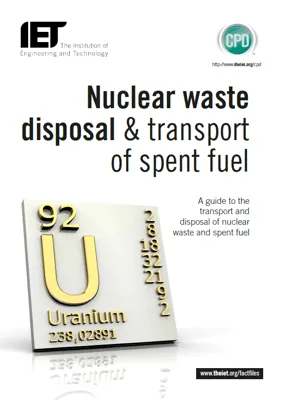Nuclear waste disposal and transport of spent fuel

Radioactive waste arises from many sources, including medical and industrial activities, as well as power stations and fuel reprocessing. The waste can be in a gaseous, liquid or solid state, but the most important factor regarding its disposal is the level of radiation emitted by it. This has implications for the temperature of the waste materials; if the level is high, then the waste will generate heat.
The other important factors are the half-lives of the isotopes forming the waste and the type of radiation emitted. A highly radioactive material with a half-life of seconds only requires a minimal delay period before it can be safely discharged into the environment whereas many radioactive elements have half-lives of several thousands of years and require isolation for long periods.
We’re upgrading our systems, and this includes changes to our customer and member account log in, MyIET. It’s part of our big picture plan to deliver a great experience for you and our wider engineering community.
Whilst most of our websites remain available for browsing, it will not be possible to log in to purchase products or access services from Thursday, 17 April to Wednesday, 30 April 2025. Our Member Relations team is here to help and for many of our services, including processing payments or orders, we’ll be able to support you over the phone on +44 (0)1438 765678 or email via membership@theiet.org.
We apologise for any inconvenience this may cause and thank you for your understanding.
For further information related to specific products and services, please visit our FAQs webpage.
